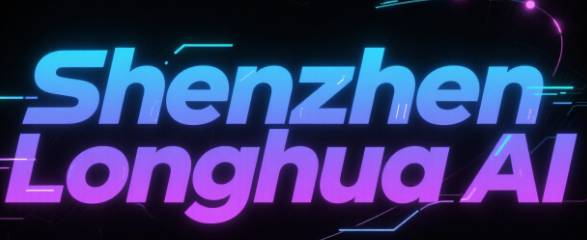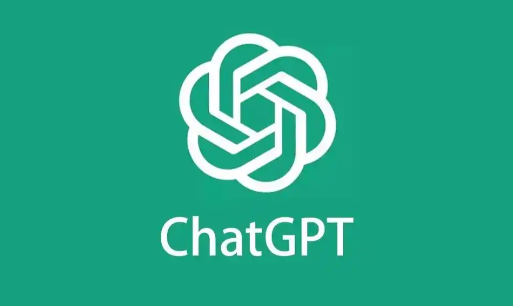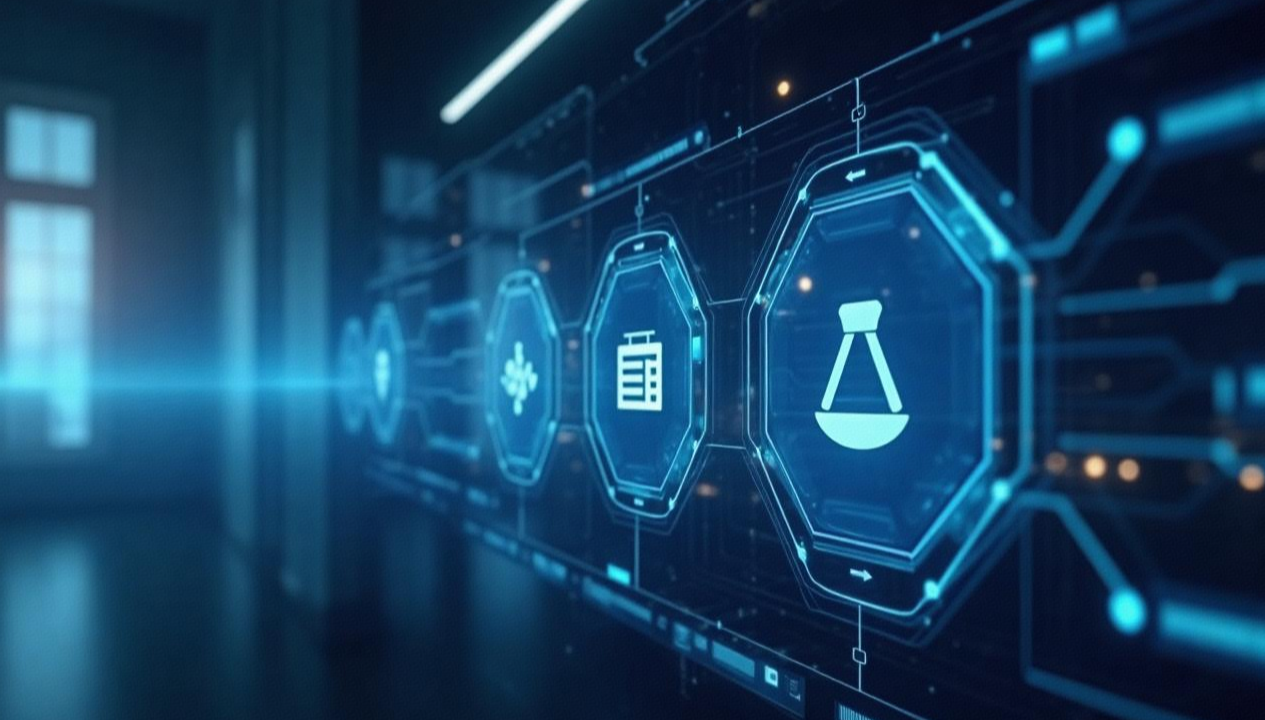Why the Shenzhen Longhua AI Judicial System Is a Big Deal
The Shenzhen Longhua AI judicial system isn’t just a fancy piece of tech—it’s a practical solution to one of the oldest problems in the legal world: backlog and delay. By automating routine tasks, analysing case data, and providing real-time recommendations, this AI judicial system helps judges and clerks work smarter, not harder. The result? Faster case resolution, less paperwork, and more time for judges to focus on complex decisions.
This isn’t science fiction. The project has already shown that AI can make a tangible impact in the courtroom, cutting average case times by nearly a month. That’s a win for everyone—judges, lawyers, and, most importantly, the people seeking justice.
How the Shenzhen Longhua AI Judicial System Works: Step-by-Step Guide
Case Intake and Data Extraction ??
When a new case is filed, the AI judicial system immediately scans and extracts all relevant information from digital documents. It identifies parties, claims, evidence, and deadlines, creating a structured digital case file. This eliminates manual data entry and ensures nothing gets missed.Automated Case Classification ???
The AI analyses the case type and complexity, assigning it to the appropriate workflow. Simple disputes may be routed for quick mediation, while more complex cases are flagged for further review. This smart triage helps prioritise urgent matters and balances the court’s workload.Evidence Review and Analysis ??
With advanced natural language processing, the system reviews submitted evidence—contracts, messages, images, and more. It highlights inconsistencies, suggests missing information, and even checks for legal compliance, giving judges a clear overview before hearings begin.Scheduling and Notification ??
The AI judicial system automates the scheduling of hearings, sending notifications to all parties. It checks for conflicts, proposes optimal times, and updates calendars in real time. This reduces delays caused by human error or miscommunication.Judgement Drafting and Recommendation ??
After hearings, the AI drafts preliminary judgements based on case facts, legal precedents, and statutory requirements. Judges can review, edit, or override these drafts, ensuring both efficiency and human oversight. This step alone can shave weeks off the average case cycle.
Comparing the Shenzhen Longhua AI Judicial System to Traditional Court Processes
| Feature | AI Judicial System | Traditional Court |
|---|---|---|
| Case Processing Time | Reduced by 29 days | Standard (Longer) |
| Data Handling | Automated, Accurate | Manual, Error-Prone |
| Evidence Review | AI-Assisted, Fast | Human-Only, Slower |
| Scheduling | Real-Time, Automated | Manual, Time-Consuming |
| Judgement Drafting | AI Drafts, Judge Reviews | Judge Drafts Entirely |
This table makes it clear: the Shenzhen Longhua AI judicial system is setting a new standard for legal efficiency and accuracy.
Final Thoughts: The Future of Justice with AI Judicial Systems
The Shenzhen Longhua AI judicial system is more than a technological upgrade—it’s a vision of what justice can look like in the digital age. By streamlining case processing, reducing delays, and supporting judges with smart tools, this AI judicial system is making justice faster and more accessible. As more courts explore AI-powered solutions, Shenzhen’s experience could become the blueprint for efficient, fair, and modern justice worldwide.


